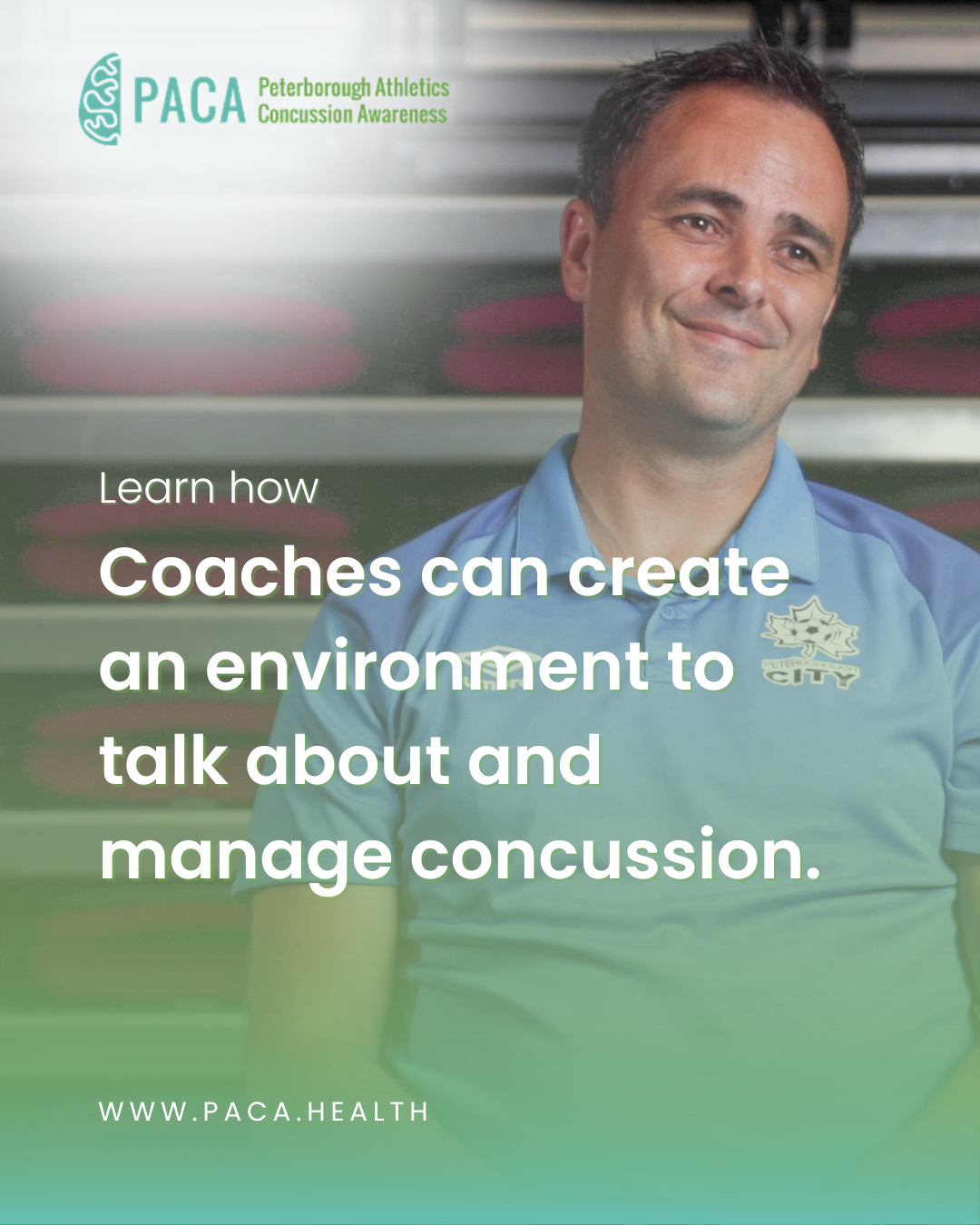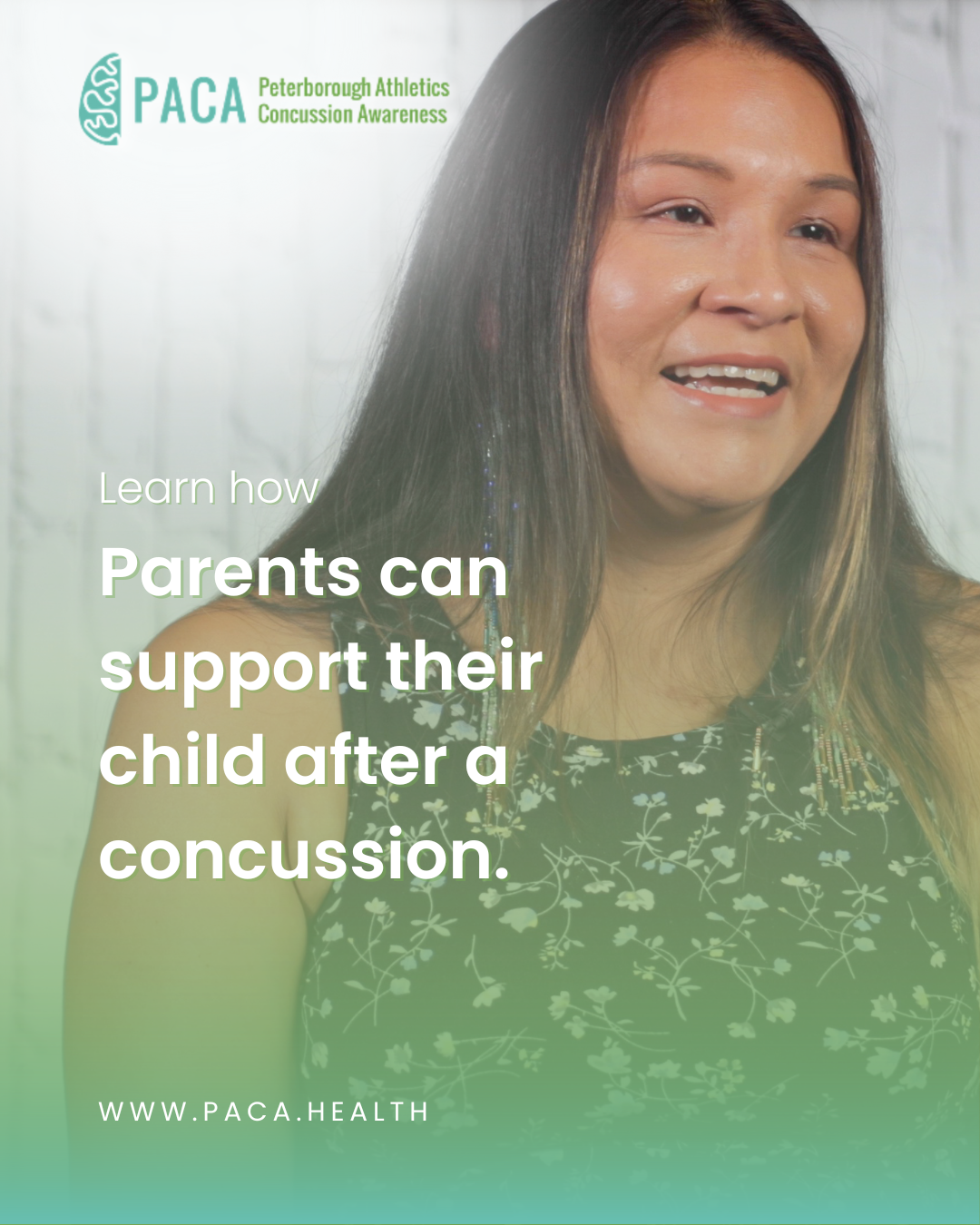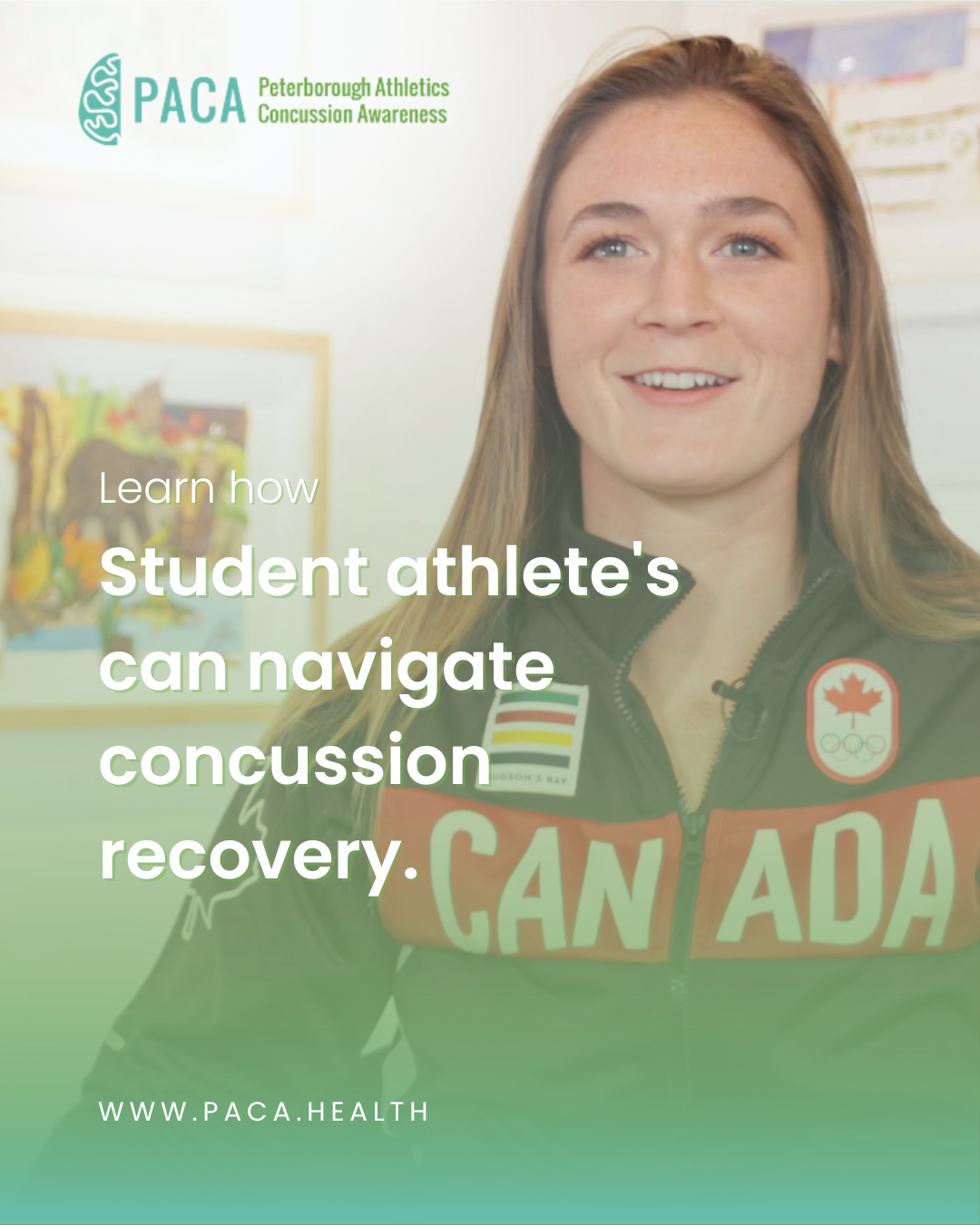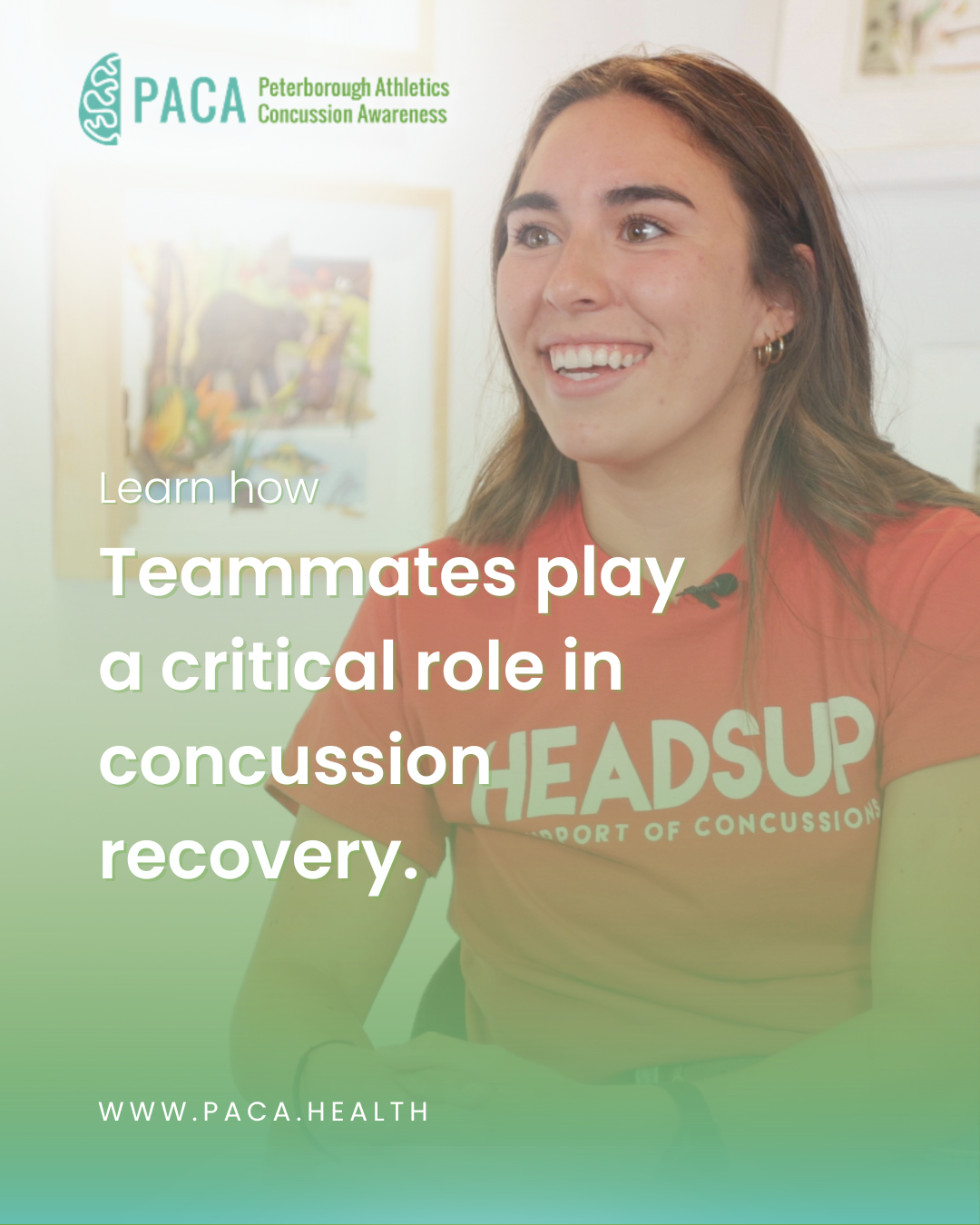Recognize, Remove, Manage, Prevent
A localized Concussion Education Docuseries produced by HeadsupCAN Films. The docuseries explores 4 critical aspects of concussion in sport (Recognize, Remove, Manage and Prevent) with a specific narrative focus on sport in Peterborough.
In partnership with Peterborough Athletics Concussion Awareness (PACA), HeadsupCAN interviewed 18 different local sport stakeholders with the purpose of creating a resource that educations and provides awareness on the importance of the 4 critical aspects (Recognize, Remove, Manage and Prevent).
PACA is a community led awareness project for concussion in sport, PACA’s goal is to center Peterborough as a leading community in concussion education and awareness with the goal of influencing other communities in the country.
The purpose of creating the docuseries came out of the need to have an easily accessible local concussion resource that is presented in a way people want to engage with. Together, this resource can help Students, Teachers, Parents, Coaches, sport administration and other community members fully understand the importance of taking concussions seriously and keeping our athletes safe.
The videos will be made available, free for anyone to utilize, on Rowan’s Law Day September 28th 2022.
Watch the Full Docuseries
Recognize
Being able to recognize a concussion can often be a difficult task. Sometimes the injury may be obvious to everyone around and other times symptoms some athletes may experience their symptoms presenting a few days after the initial contact. With this level of complexity it is imperative that all sport stakeholders understand the important role of being able to recognize a concussion in real time.
Our Recognize, Remove, Manage, Prevent docuseries concussion education resource brings to life real stories from our community that showcase the various challenges involved with recognizing a concussion.
Remove
Knowing when to remove an athlete from play is one of the most critical aspects of a concussion recovery. The culture created by coaches, parents and sport administration set the table for how our athletes respond to the injury. Certain barriers related to in-game situations and the importance of the game may arise, but ultimately the health of the athlete is, and should be the number one priority. Each sport stakeholder is responsible for speaking up if they suspect a concussion.
As shown in the Recognize, Remove, Manage, Prevent docuseries, this process can be difficult for many different reasons. Creating a health first, supportive team environment where athletes are aware of the risks and understand the protocols can contribute to a successful removal process.
Manage
Once a concussion is sustained, managing it can pose many challenges. Inherently, a concussion is an invisible injury that is often unpredictable throughout the recovery process. Not only is the injury difficult to navigate for the individual who sustains it, unique challenges are presented for support systems as well.
The individualistic complexities of managing a concussion was one of the main reasons why we decided to create this resource. The Recognize, Remove, Manage, Prevent docuseries brings to light stories of people who have been there before and who have navigated through a concussion. The insights shared in this series will help provide a greater understanding of the unique challenges that the injury presents.
Prevent
The final piece to the puzzle is understanding how we can actually prevent concussions from happening to our athletes. There are three types of concussion prevention:
Primary prevention: Is averting a concussion before it happens (rule changes, policy, equipment innovations).
Secondary Prevention: Aims to reduce the effects of the injury when it does occur (early recognition and removal from sport, protocols, community support).
Tertiary Prevention: Attempts to lessen the long term consequences of the injury (prolonged concussion symptoms, creating a health based value system).
Learn the tools you need to understand if your sport organization is doing enough to prevent concussions. Each of these aspects of prevention are crucial to the future of our youth and sport. Collectively, our voices can inspire positive change. Click the link to learn more.
The Role of Sport Stakeholders
Role of a coach
Coaches play an integral role in setting an environment for athletes to understand the risks and proper protocols around concussions. It is imperative that coaches create an environment that is safe, judgment free, and present clear expectations to the team when it comes to injury. This influence will impact all members of the team, injured or not. Given the complexities involved with recognizing, removing, managing and preventing concussions in sport, PACA has made it easier than ever to learn about the various processes coaches may have to navigate in relation to a concussion.
Role of a parent
Parents are the backbone of a student athlete's concussion recovery. The more they are able to understand the needs of their child the more likely positive outcomes will persist. Being informed about best practices, sport policy and protocols, and your child's mental and physical health can contribute to a more positive experience with the injury.
Role of a Teacher
Teachers play a vital role in helping students re-integrate back into their daily lives after a concussion. Like coaches, teachers gain a deep understanding of how each of their students performs and acts on a daily basis. Using this skill set, teachers can help accommodate students using both workload and environmental accommodations.
Role of a student/athlete
The sport and social pressure that can come with a concussion is the one thing traditional education on the injury often forgets. This aspect can oftentimes be the most detrimental because a concussion can take a student/athlete away from their social structure and the sports they love. This is why understanding the potential impacts of a concussion, and being proactive about Recognizing, Removing, Managing, and Preventing concussions can be detrimental to a student/athlete's life in all areas.
Role of a teammate
Teammates have many roles when supporting a teammate through their concussion recovery. Not only do teammates have a duty to speak up if they suspect a concussion, they can also help provide support to an injured teammate. Keeping in contact daily, providing an open, judgment-free space to chat, hanging out in silence and keeping them included in social activities (in person or from a far) are all great places to start.






